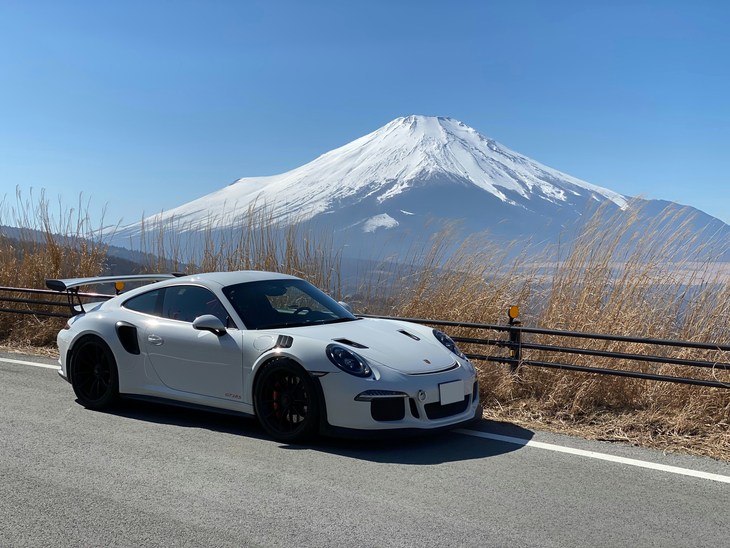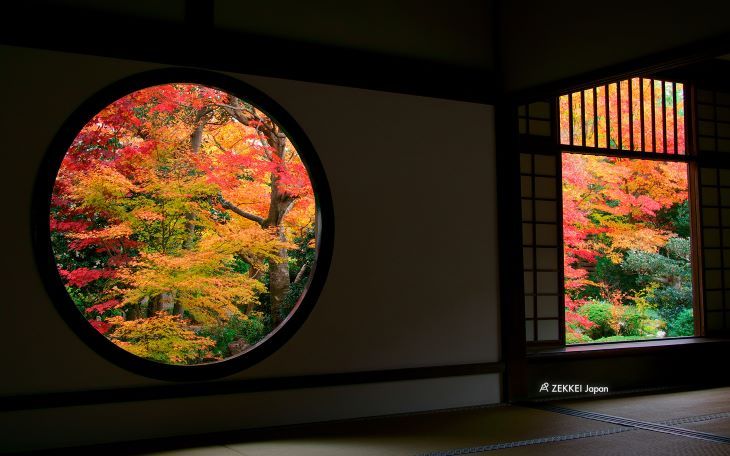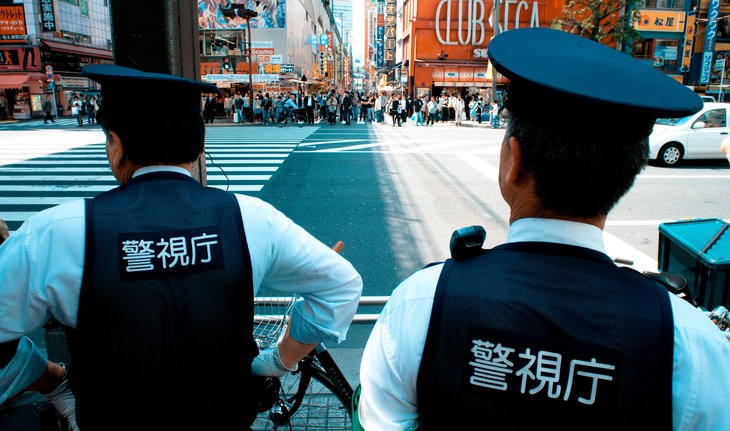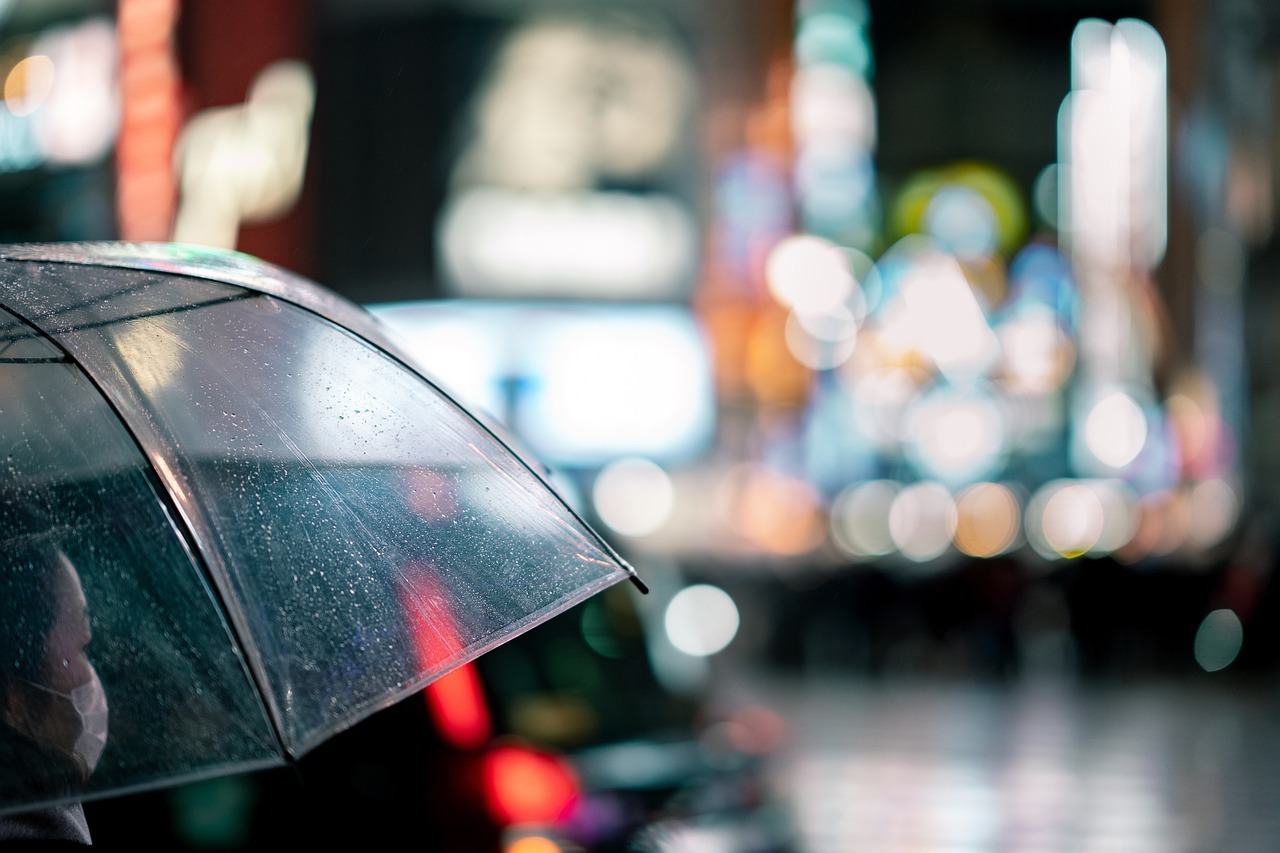How to Drive in Japan: Licenses, Road Rules & Car Sharing
If you're planning to drive in Japan, whether for a countryside escape or convenient travel beyond the train lines, it's important to understand how driving works here. From getting a license to navigating narrow streets and exploring car-sharing options, here's everything you need to know to drive safely and legally in Japan.
Getting a Driver's License in Japan
・Starting From Scratch
If you don't already have a driver's license, you'll need to go through Japan's full licensing process. This includes a written test and a practical driving exam, both typically conducted in Japanese.
Most people attend a driving school to prepare, where fees average around ¥300,000. Some schools offer intensive courses and may provide support for foreigners, but the majority of instruction is in Japanese. You may be able to find English instruction at some major schools in Tokyo. While you can study on your own, passing the practical test without formal training is uncommon due to Japan's strict traffic rules and high exam standards.
・Converting a Foreign License
If you already have a valid license from your home country, you may be eligible to convert it into a Japanese license, through a process known as 外免切替 (gaitame menkyo kirikae).
To convert, you'll need:
-
Proof that your license is valid in your home country
-
Documentation that you lived in the issuing country for at least 3 months after the license was issued
-
A resident certificate (住民票)
-
Your passport and residence card
Depending on your country, you may also need to pass a knowledge and/or driving test. However, many countries (including Australia, Canada, the UK, Germany, France, and some U.S. states) are exempt from these exams. Be sure to check with the local licensing center for details.
・Using an International Driver's Permit (IDP)
If you plan a short-term stay, you can drive in Japan with an International Driver's Permit (IDP) based on the 1949 Geneva Convention. This permit must be issued in your home country before arriving in Japan. It is valid for up to one year, and you must carry your original driver's license with the IDP at all times. Important: IDPs cannot be renewed in Japan. Once expired, you will need to return to your home country to reissue one or start the license conversion process locally.
Traffic Rules You Should Know
Drive on the Left
Cars in Japan drive on the left side of the road. If you're used to driving on the right, this may take some getting used to, especially when turning or merging.
No Street Parking
Street parking is generally prohibited unless clearly marked. Park only in designated lots or coin parking spaces. Illegally parked cars may be fined or towed. For the most part, you'll need to stick to free or paid parking lots.
Seatbelts & Child Seats Are Mandatory
All passengers must wear seatbelts, and children under six must use a certified child safety seat. Penalties apply even for short trips. Be especially careful about following these rules on highways, where laws are most strictly enforced.
Zero Tolerance for Drinking and Driving
Unlike some other countries, Japan enforces strict, zero-tolerance laws against drinking and driving. Even one drink can lead to arrest, heavy fines, and the loss of your license. Passengers can also be held accountable if they let a drunk person drive. If you plan on drinking, plan to walk, take public transportation, etc., to get home.
Watch for Narrow Roads
Many roads, especially in residential areas, are extremely narrow, with sharp turns and limited visibility. Drive slowly and stay alert. Many intersections with poor visibility have mirrors set up that allow you to see around corners, so keep an eye on those.
Cyclists Share the Road
Bicycles are usually ridden on the left, like cars, and drivers must give them space. And while the rules state cyclists in Japan are supposed to wear helmets, most don't, so they can be especially vulnerable in an accident. Check mirrors carefully before turning or opening your door to avoid accidents.
Pedestrians Have the Right of Way
At intersections, always yield to pedestrians, even when the light is green for cars. Failing to do so can result in hefty fines.
Use Your Horn Sparingly
Honking is considered impolite in Japan and should only be used to avoid danger, not to express frustration.
Headlights in Tunnels and at Night
Always turn on your headlights when entering a tunnel or driving after dark. Some tunnels have reminder signs, but it's expected regardless.
Look Out for Stop Signs
Japanese stop signs are red triangles with the word "止まれ" (tomare). They may look unfamiliar if you're used to octagonal stop signs, but you must come to a full stop and check both directions.
Car Sharing in Japan: A Flexible Alternative
For visitors or residents who don't need a car full-time, car sharing offers a convenient and cost-effective way to drive in Japan.
What Is Car Sharing?
Car-sharing services let you rent a car by the minute or hour using a smartphone app. Popular providers include:
-
Times Car Share
-
Orix CarShare
-
Careco
-
Nissan e-Share Mobi
You'll find parking stations near train stations, apartment complexes, and even rural areas.
Who Can Use It?
To register, you'll need:
-
A valid Japanese license or an International Driving Permit with your foreign license
-
A credit card
-
A smartphone with internet access
Most apps are in Japanese, but some services (like Times) offer English support.
Why It's Popular
With car sharing, you don't need to own a car; you only pay for the time you use, and gas and insurance are usually included. It's a popular choice for quick errands, weekend trips, or family outings, and can be a great way to get out of urban areas and explore the Japanese countryside.
How Much Does It Cost?
Prices vary, but typically:
-
Around ¥150-¥200 per 10 minutes
-
¥800-¥1,200 per hour
-
Daily caps at ¥6,000-¥9,000
Be sure to return the car on time and in good condition to avoid extra charges.
Tips for First-Timers
-
Inspect the car before you drive, and report any damage already on the car via the app.
-
Return the car on time to avoid late fees.
-
Only refuel if required (some cars include fuel cards).
Ready to Hit the Road?
Japan is a beautiful country, and driving is one of the best ways to see so much of it. Whether you're moving to Japan, visiting for a short stay, or just want the freedom to explore the countryside, driving in Japan can be a rewarding experience, as long as you're prepared. Just remember to follow the rules, stay aware, and drive safely!




























